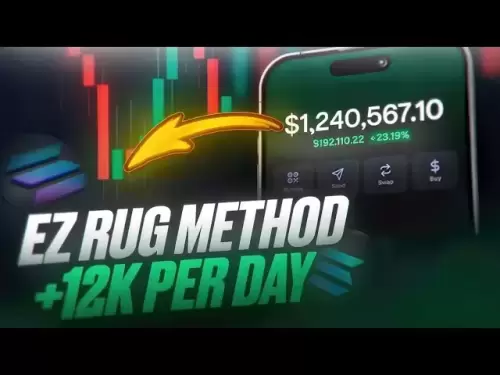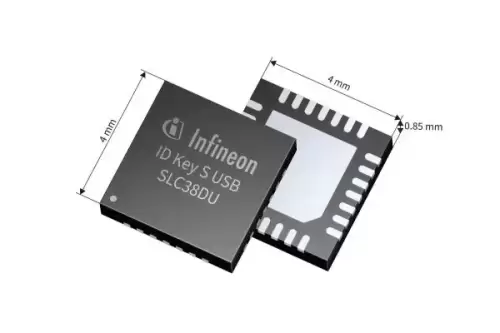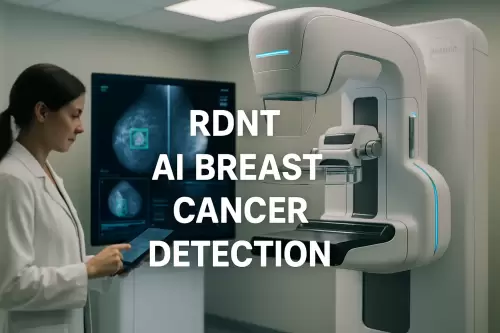 |
|
 |
|
 |
|
 |
|
 |
|
 |
|
 |
|
 |
|
 |
|
 |
|
 |
|
 |
|
 |
|
 |
|
 |
|

Layer 2s have been a great blockchain success story. They’ve reduced congestion on the Ethereum mainnet, driving down gas fees while preserving security.
But maybe they’ve become too successful, drawing chain activity and fee income from the parent that spawned them? At least that’s what some are suggesting lately, most recently at Cornell Tech’s blockchain conference in late April.
Indeed, some think Ethereum should be a little greedier, or at least fight harder for a bigger part of the revenue pie, particularly sequencing fees.
“People in the Ethereum Foundation [the nonprofit that supports the Ethereum ecosystem] will tell you that, ‘Yes, we effed up by being too ivory tower.’ I have heard that multiple times,” said David Hoffman, an owner at Bankless, during a panel discussion at the Cornell Tech event in New York City on April 25.
Elsewhere, Hoffman has urged Ethereum to make a “strategic pivot,” noting that the crypto environment has changed in the last few years. Ethereum no longer has the “luxury of being a peace-time research project…. exploited by its competition.”
L2s are reaping millions of dollars in transaction order fees (sometimes called sequencing fees), but none of these revenues are being passed on to Ethereum, according to James Beck, head of growth at ENS Labs and another speaker at the New York City conference. Beck told Cointelegraph:In short, Ethereum is a neutral verification layer, but the Ethereum mainnet is not being fairly compensated for the work that it is doing. Centralized for-profit L2s like Base, Optimism and Arbitrum are gathering the lucrative sequencing fees while enjoying the security and liveness guarantees of the Ethereum mainnet at relatively little economic cost.
L2s soared after Dencun upgrade
L2 rollups are a recent innovation; they only emerged in 2023. The idea was to reduce chain congestion and gas fees by moving transaction processing from the main blockchain (layer 1) to separate chains that sit atop the mainnet (L2s). But transaction processing is arguably the most profitable part of the revenue game, especially when users opt to pay priority fees to get their orders processed faster.
However, on a relative basis, at least, few people seem to be caring much about the priority fee portion of the revenue mix.
At any rate, it’s no secret that L2s are doing well on the fee front. In fact, they’ve become so successful that they're now largely handling the bulk of the activity on Ethereum.
After March 2024's Dencun upgrade introduced blob transactions to help scale L2s, they were able to move quickly and began generating significant volumes, while layer 1 activity remained relatively low.
As a result, on Monday, April 8, at least one major L2, Coinbase’s Base, appears to have been largely scooping up the priority transaction fees, which are accruing to L2s in a lopsided manner, according to blockchain data and analysis from CoinMetrics.
In total, Base has earned an estimated $98 million in revenues from user-transaction fees (including base and priority fees), while paying about $4.9 million to the Ethereum base layer, leading to a total estimated profit of $94 million since the Dencun upgrade, according to CoinMetrics researcher analyst Tanay Ved.
Of this sum, approximately $90.4 million can be attributed to transaction-order (or sequencing) fees, highlighting the substantial profits being generated by L2s through this revenue stream, while a smaller portion comes from state-transition (or blob) transaction fees, which are also flowing to L2s.
Base’s response
Asked about the lopsided nature of the fee split, a Base spokesperson said: “Today, Base already pays Ethereum fees for every transaction on Base. All transactions are settled on Ethereum, and so far, Base has paid Ethereum more than $20 million in settlement fees since Base’s creation.” One can see these fees on Token Terminal under “cost of revenue,” the spokesperson added.
“Overall, Base is making getting onchain more accessible with fast and cheap transactions and helping grow the Ethereum ecosystem by onboarding more users, builders, apps and assets, all of whom are transacting in ETH and driving demand,” said the spokesperson.
However, in many, if not most months, Base’s overall transaction fees are roughly 10 times the amount paid to Ethereum for settling trades, according to examination of the referenced Base financial statement. In April, for instance, the most recent full month, Base reaped $3.7 million in transaction fees, but only $305,000 was delivered to Ethereum as settlement fees — about 8% of total fees.
Still, maybe things aren't quite so dire. Even if the calculus of the fees is out of kilter now, the imbalance may not last, others caution. Ethereum hard forks
免責聲明:info@kdj.com
所提供的資訊並非交易建議。 kDJ.com對任何基於本文提供的資訊進行的投資不承擔任何責任。加密貨幣波動性較大,建議您充分研究後謹慎投資!
如果您認為本網站使用的內容侵犯了您的版權,請立即聯絡我們(info@kdj.com),我們將及時刪除。
-

- 沒有50盧比的硬幣?政府說,公眾更喜歡輕巧的筆記。
- 2025-07-09 20:30:13
- 由於公眾偏愛票據,印度政府沒有計劃50盧比的硬幣。目前的50盧比設計設計面臨視力障礙的公民面臨挑戰。
-

- 加密引擎點燃:2025年下半年要觀看的主題和趨勢
- 2025-07-09 20:30:13
- 準備狂野! 2025年下半年承諾,由機構採用,監管清晰度和經濟力量相互作用驅動的加密進化。係好,它會被點亮!
-

-

- 大西洋十字路口的鎳發現:EV供應鏈的遊戲規則改變者
- 2025-07-09 18:50:12
- 第一大西洋鎳的Awaruite發現是通過其環保,無冶煉廠的加工來重塑電動汽車供應鏈,並在全球挑戰中提供了國內解決方案。
-

- 資深擁有的Aloha迷你高爾夫:全國范圍內的島嶼樂趣
- 2025-07-09 18:55:12
- 由退伍軍人創立的Aloha Mini高爾夫正在全國范圍內擴展。該博客探討了這種夥伴關係及其對企業家和社區的意義。
-

- AI癌症檢測:Radnet技術與醫療保健夥伴關係改善乳腺癌篩查
- 2025-07-09 18:55:12
- Radnet與主要醫療團體合作,推出AI驅動的乳腺癌檢測,增強早期檢測和患者結局。
-

- Medicare覆蓋範圍,癌症復發和確切的科學:改變遊戲規則
- 2025-07-09 19:00:13
- 精確科學的OnCodetect™測試可確保醫療保險的覆蓋範圍,標誌著大腸癌患者和個性化醫學的關鍵時刻。
-

- 轉向未來:中國的IRCB系統驅動儲蓄和自動創新
- 2025-07-09 19:00:13
- 中國的汽車行業看到了CAAS的IRCB轉向系統,有望儲蓄並推進自動駕駛。
-































































